2004 BL86: The Asteroid With Its Own Moon
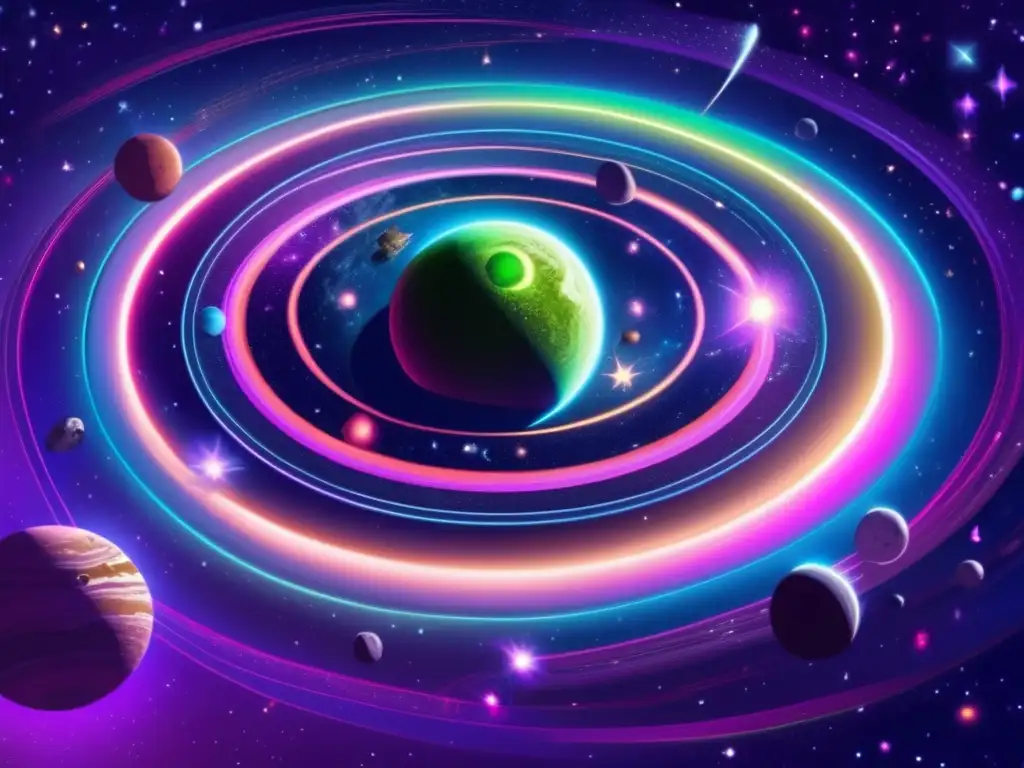
Introduction
In January 2015, the asteroid 2004 BL86 passed by Earth at a relatively close distance of 745,000 miles. This asteroid is significant because it is one of the largest near-Earth asteroids discovered in recent years and has its own moon. In this article, we will explore the discovery and characteristics of 2004 BL86 and its moon.
Discovery of 2004 BL86
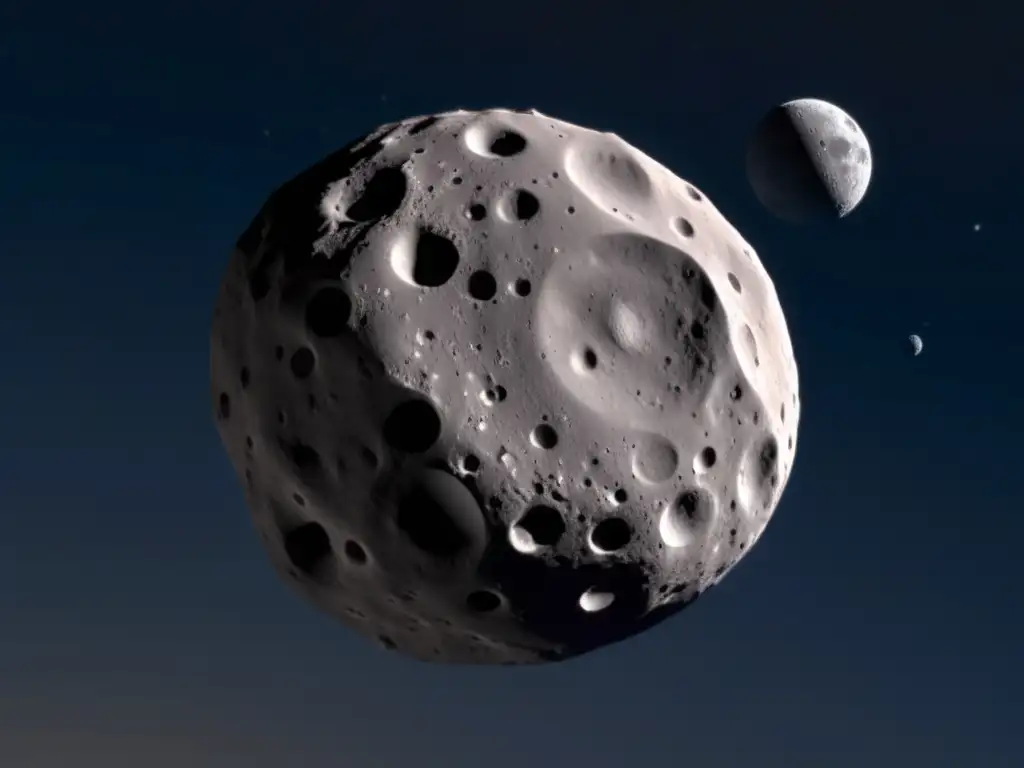
Background
2004 BL86 was first discovered on January 30, 2004, by the Lincoln Near-Earth Asteroid Research (LINEAR) program in Socorro, New Mexico. The LINEAR program is designed to search for near-Earth asteroids that may pose a risk to our planet. LINEAR utilizes a robotic telescope that surveys the sky for asteroids using a method called differential photometry, which involves comparing images of the same area of sky taken at different times to identify any objects that have moved. By 2004, the program had already discovered over 2,000 near-Earth asteroids.
Observations and Analysis
After its discovery, astronomers were able to observe 2004 BL86 for several months. They determined that the asteroid is roughly 1,100 feet in diameter, making it one of the largest near-Earth asteroids discovered in recent years. Scientists also discovered that 2004 BL86 rotates every 2.6 hours and has a surface covered in craters.
The Moon of 2004 BL86
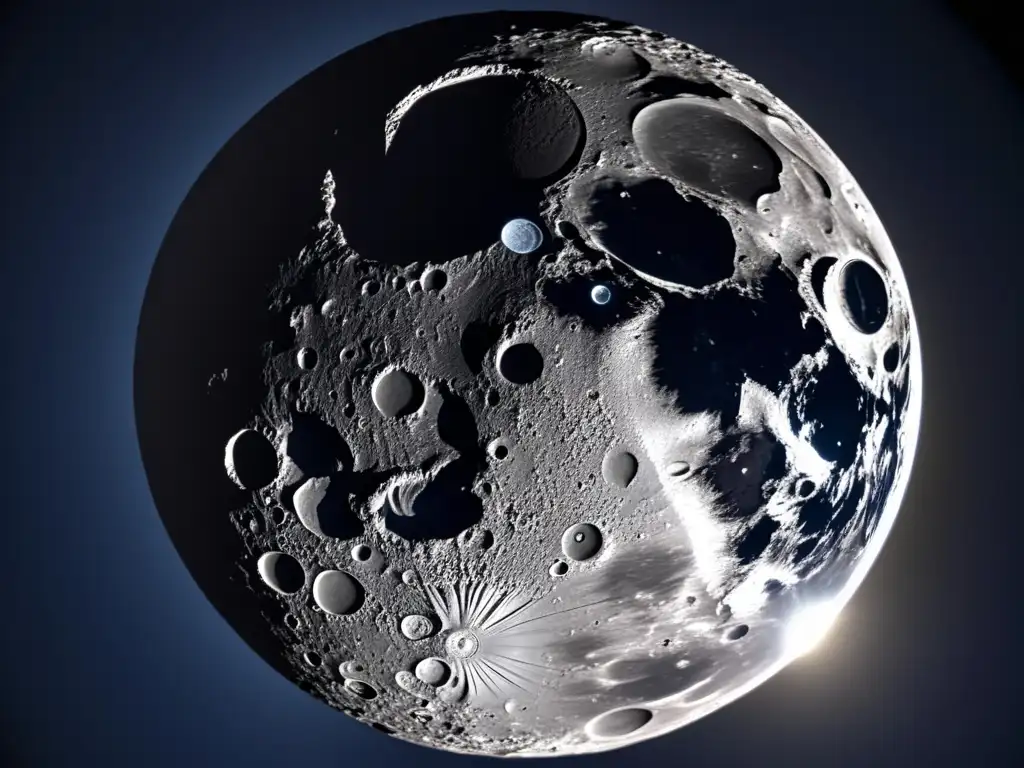
Discovery and Observations
During its close approach to Earth in 2015, astronomers using radar imaging systems discovered that 2004 BL86 has its own moon. This moon is about 230 feet in diameter and orbits the asteroid at a distance of roughly 1,200 feet. Observations indicate that the moon rotates synchronously with 2004 BL86, meaning that it takes the same amount of time to complete one rotation as the asteroid.
The Significance of a Moon
While it's not uncommon for asteroids to have moons, the discovery of a moon orbiting a near-Earth asteroid is significant because it provides insight into how these objects formed. One possibility is that the asteroid and its moon were once part of a larger object that broke apart due to a collision with another object. Another possibility is that the moon formed from material ejected from the asteroid's surface due to a past impact with another object.
Impact Risk Assessment
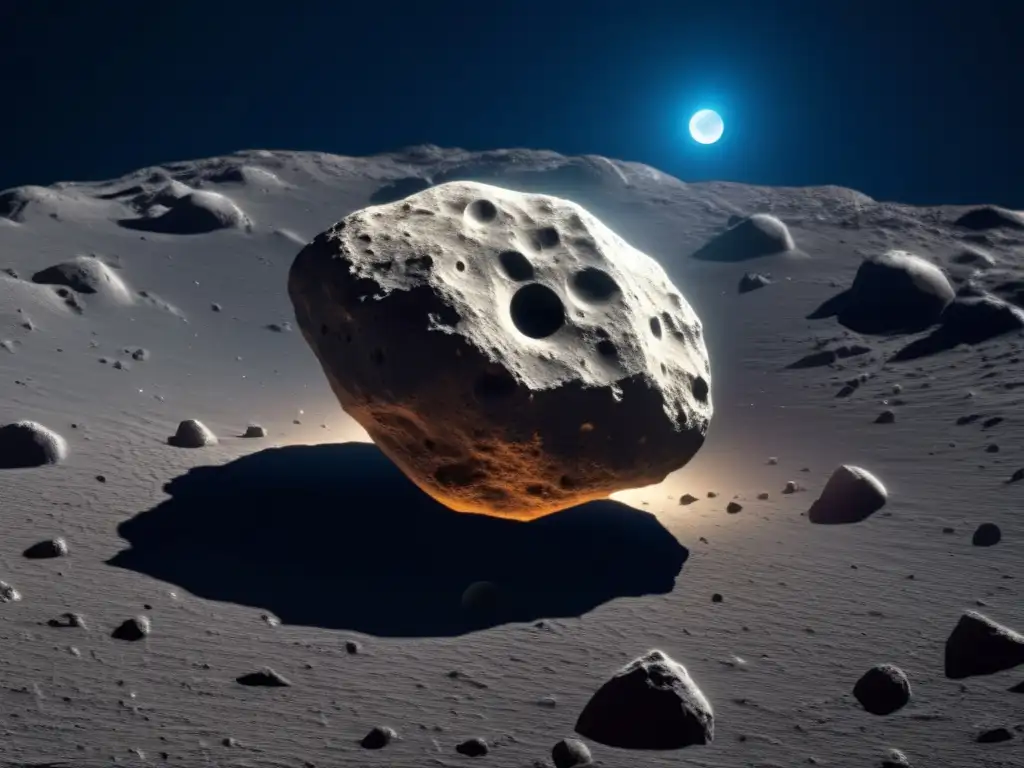
Potential Threat
2004 BL86 is classified as a potentially hazardous asteroid (PHA), which means that it has the potential to come close enough to Earth and is large enough to cause significant damage in the event of an impact. However, scientists have determined that there is no current threat of an impact with Earth from 2004 BL86 for at least the next century.
Risk Assessment Methods
Astronomers use various methods to assess the risk of an asteroid impact. One of these methods involves calculating the asteroid's orbit and determining how close it will come to Earth in the future. Another method involves studying the composition of the asteroid to determine whether it is likely to break up in the Earth's atmosphere or cause significant damage upon impact. The discovery of 2004 BL86's moon also helps astronomers refine their calculations of the asteroid's orbit and possible future close approaches to Earth.
Frequently Asked Questions
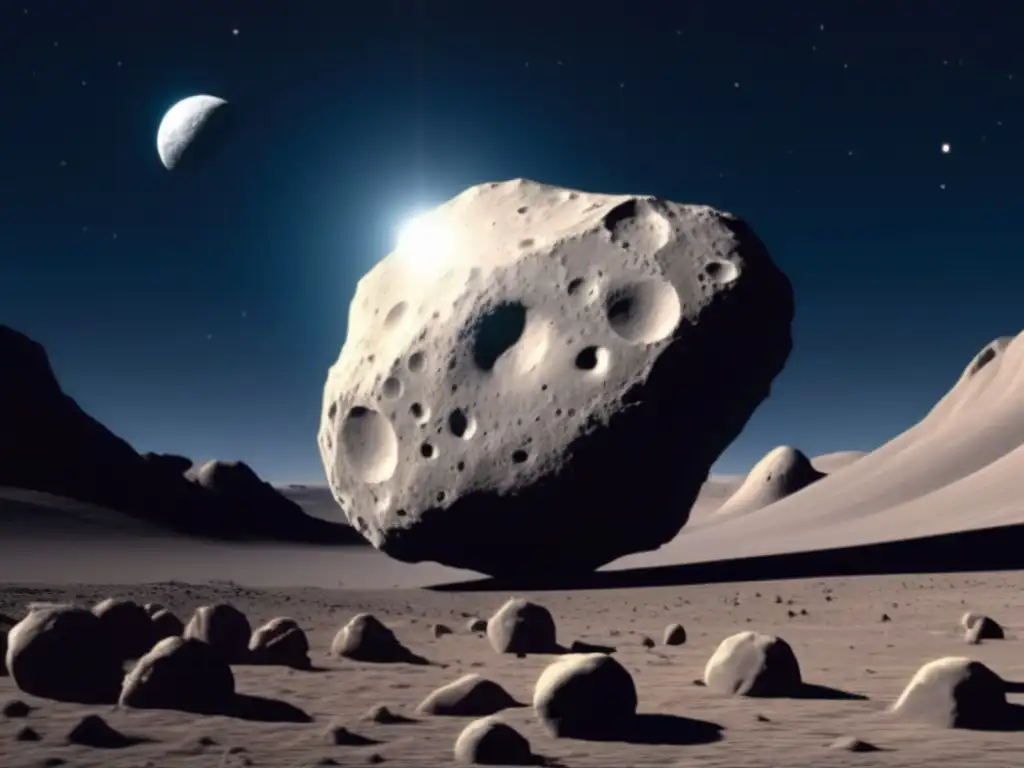
-
Is 2004 BL86 considered a dangerous asteroid?
Yes, 2004 BL86 is classified as a potentially hazardous asteroid because it has the potential to come close enough to Earth and is large enough to cause significant damage in the event of an impact.
-
What is the size of 2004 BL86?
2004 BL86 is roughly 1,100 feet in diameter, making it one of the largest near-Earth asteroids discovered in recent years.
-
What is the size of 2004 BL86's moon?
The moon of 2004 BL86 is about 230 feet in diameter.
-
What is the significance of 2004 BL86's moon?
The discovery of a moon orbiting a near-Earth asteroid is significant because it provides insight into how these objects formed.
-
Is there a current risk of an impact with Earth from 2004 BL86?
No, scientists have determined that there is no current risk of an impact with Earth from 2004 BL86 for at least the next century.
Conclusion
The discovery of the near-Earth asteroid 2004 BL86 and its moon provides valuable information about the formation and behavior of these celestial bodies. While the asteroid is considered potentially hazardous, current data indicates that there is no immediate threat of an impact with Earth. Continued observation and analysis of 2004 BL86 and other near-Earth asteroids is critical in understanding the potential impact risks they may pose to our planet.
Thanks for reading this article on Asteroid Realm. We encourage you to share your thoughts and questions in the comments section and to explore the website for additional asteroid-related content. Don't forget to subscribe, follow us on social media, and share this article with your friends and family who may be interested in asteroids and space sciences.
Additional Resources

- NASA - Large Asteroid to Safely Pass Earth on January 26
- NASA Solar System Exploration - 2004 BL86 In-Depth
- Space.com - Big Asteroid Buzzes Earth on Jan. 26: How NASA Got Ready
 The Tale Of 4179 Toutatis: The Complex Tumbleweed
The Tale Of 4179 Toutatis: The Complex Tumbleweed On The Trail Of 1998 OR2: A Journey To A Potentially Hazardous Asteroid
On The Trail Of 1998 OR2: A Journey To A Potentially Hazardous Asteroid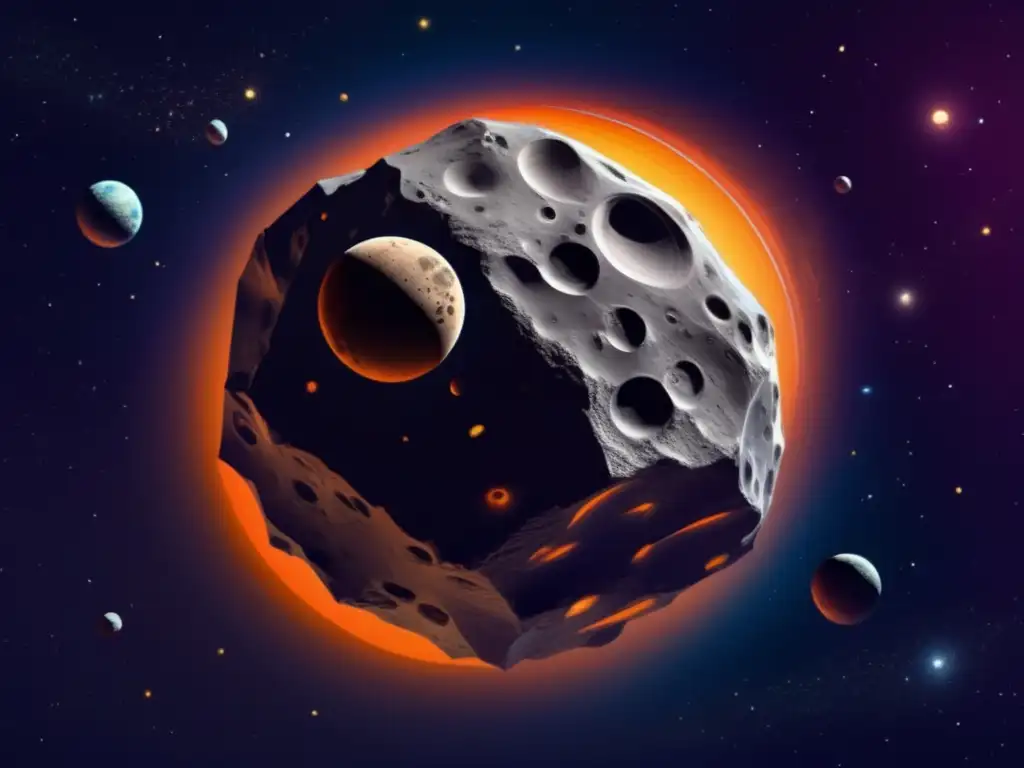 Asteroid 3122 Florence And Its Two Moons: A Rare Discovery
Asteroid 3122 Florence And Its Two Moons: A Rare DiscoveryIf you want to discover more articles similar to 2004 BL86: The Asteroid With Its Own Moon, you can visit the Asteroid Discoveries category.
Leave a Reply

Articulos relacionados: